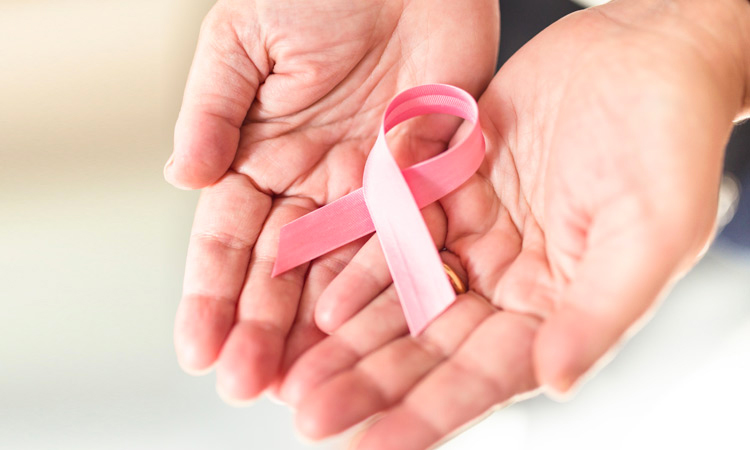Pink – it’s either Spring or it’s October! In this case, we’re talking about Breast Cancer Awareness Month. Most of us are aware we should be checking for breast cancer, but do you? And have you read up on some of the latest news and findings?
Male Breast Cancer
Yes, it’s true that 1 in 8 women (about 12%) will most likely be diagnosed with breast cancer but do you know that men can be diagnosed as well? This year it is projected that over 2,600 new cases of male breast cancer will be diagnosed and over 400 men will die from the disease.
There are many factors that increase the risk for men regarding breast cancer.
First, do men (or women) acknowledge that men have breasts? Young boys and girls both have breast tissue that includes ducts. Once puberty begins, while girls will continue to develop, male hormones such as Testosterone suppress the growth of breast tissue, however, it still exists. Male breast cancer has the same causes as for women, higher levels of estrogen, family history, genetics, lifestyle or other exposures.
Genetics
Although a large percentage of breast cancers for women and men are not genetic, many are due to a genetic or hereditary background. Approximately 5-10% of breast cancer can be caused from a variety of gene mutations including BRCA (breast cancer susceptibility gene). BRCA1 and BRCA2 are responsible for approximately 20-25 of hereditary breast cancers. Learning about your hereditary health can save your life. If you have a family member with early age diagnosis of Prostate, Melanoma, Pancreatic, Breast (including male or female) and other cancers, then you may be at a higher risk. If you’re concerned, seek a genetic counselor to find out more. Even if you are a carrier of the BRCA or other gene mutation this does not mean you will get breast cancer, it just means you are at a higher risk and need to take the necessary precautions and be educated. Perform a self breast exam more often or having frequent mammograms or breast MRIs (yes, men can have these and should do self exams!). These are important tools for early detection.
Additional Advances
There are many new types of hormone therapy used to prevent estrogen from binding to estrogen receptor positive cancer. New studies discuss remaining on treatment from 5 to now 10 years. Learning more about your type of cancer, the Oncotype DX and MammaPrint, help to determine the risk of recurrence or spread of the disease. This is important information for the plan of treatment. PARP inhibitors have recently been studied to be helpful against some cancers especially that are caused from BRCA mutations.
There are also advances in the study of supplements being tested to determine how they may help reduce breast cancer risk. Some of these supplements includes: grapeseed extract, folate, omega-3 fatty acids, turmeric/curcumin, vitamin D3, green tea and melatonin, just to name a few.
Lifestyle, the foods we eat (organic, hormone free, etc), less meat, more cruciferous vegetables, the products we put on our body and use around our home (less chemicals) the amount of exercise we get and alcohol intake all may make a difference to our health. It’s important to feel that even though our genetic background may say one thing, we can make certain choices that are in our control.
This article originally appeared on Lucky Blog and is republished here with permission.



